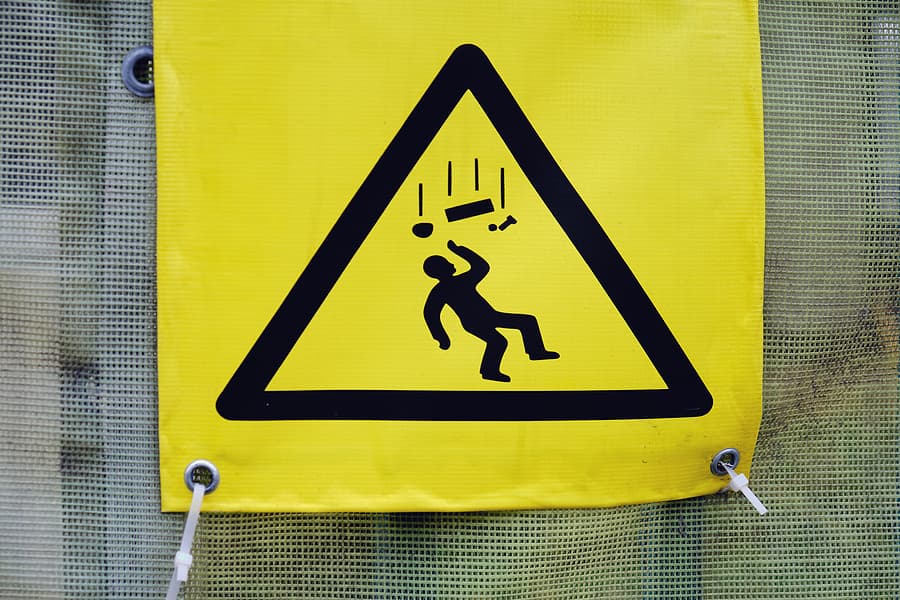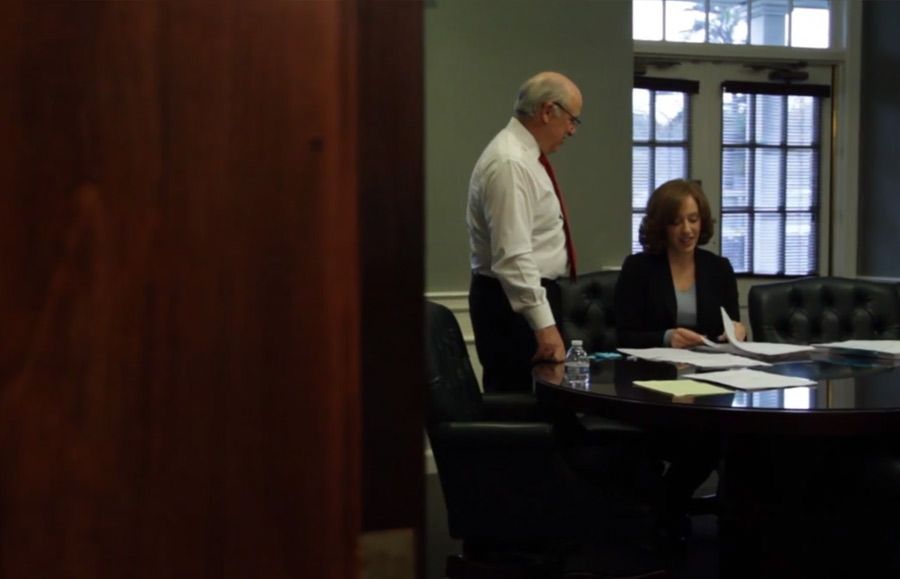Each year, thousands of injuries occur on construction sites throughout the U.S. Construction scenes are often chaotic, with many activities occurring simultaneously. Many of the injuries that occur at construction job sites involve workers who are injured because of negligent actions taken by themselves, their coworkers, or their employers. Typically, the state workers’ compensation program where the accident occurred compensates for the medical expenses and job loss associated with these injuries.
However, some construction accidents involve a third party’s liability (someone who is not the injured party’s coworker or employer). Sometimes injuries caused at construction sites occur because of someone who is merely passing through the area and is not employed as a worker on the site. In this case, the injured party would generally file a third-party personal injury claim.
What Circumstances Merit a Third-Party Claim?

According to the Centers for Disease Control and Prevention (CDC), the leading cause of nonfatal injuries at a construction site is “struck by” accidents in which a vehicle, equipment, or a falling or flying object strikes a worker or other person at or near the site. These accidents most commonly occur in roadway work zones.
However, struck by accidents are far from the only hazard that causes injuries at construction sites. Other common causes are falling, injuries incurred from electrical sources at the site, toxic exposure to hazardous chemicals used in the project, or malfunctioning equipment.
In these circumstances, a third-party personal injury claim is the appropriate avenue for a person injured in a construction accident to seek compensation for their injuries’ economic and psychological costs:
While workers’ compensation typically compensates workplace injuries regardless of who was at fault—with some notable exceptions, such as intentional injuries or injuries incurred while the worker was impaired by drugs or alcohol—the personal injury claims process used for third-party construction accident claims requires that the claimant prove that the third party’s negligence was the cause of the accident.
Lawyers prove liability by establishing that the at-fault party owed a duty of care in the circumstances in which the accident took place, that the at-fault party breached the duty of care when they took prohibited or unsafe actions, and the breach in duty caused the accident.
The Third-Party Personal Injury Claims Process
Someone other than the policyholder files a third-party claim against an insurance policy. The claim seeks coverage for physical and economic harm suffered by the claimant from the liability portion of the at-fault party’s policy.
If the construction accident resulted from third-party negligence on behalf of a general contractor, the claim would likely be filed against the general contractor’s business liability coverage. If the accident resulted from a property owner’s negligence, the injured worker would likely file the claim against a property insurance policy. If the accident resulted from a motorist traveling through a construction work zone, the driver’s auto liability coverage would likely provide compensation.
When an insurance provider receives a claim against the policy of one of their insured, they will assign a claims adjuster to evaluate the claim.
The claims adjuster investigates the accident for the insurance company to determine:
- Whether the policy the claim was filed against covers the type of compensation sought.
- Whether the insured was liable for causing harm to the claimant.
- If the insured was liable, how much compensation is owed to the claimant due to that liability?
Once the claims adjuster reviews the construction accident claim, they can take one of three actions. They can admit to the liability of their insured and pay the claim; they can deny the claim and provide the claimant and their attorney with a written reason for the denial; or they can admit to the liability of the insured but offer to settle the claim for less than its established value.
How an Attorney Can Assist You With Your Construction Accident Claim
One of the first services an experienced personal injury lawyer can provide to assist you in obtaining the compensation you need after you have been injured in a construction accident is determining fault.
An injured worker can file a third-party construction accident claim in limited circumstances, and an injured passerby may not immediately know who caused their injury. In addition to determining liability, a construction accident attorney and their legal team will also gather information about possible insurance policies to compensate for the claim.
Often, the liable party’s insurance coverage is only a part of the coverage available to compensate for the claim. Additional parties who had some fault for the accident can also have coverage that can come into play, as can different types of coverages held by the injured party, such as a personal injury protection or med pay policy held by the occupant of a motor vehicle if the construction accident occurred in a roadway work zone.
The key is to ensure enough coverage to compensate the claim, even if the expenses and impacts suffered by the claimant exceed the policy limits of the liable party’s insurance.
How Much Is Your Third-Party Construction Accident Claim Worth?
Construction accidents commonly result in more expenses than other types of accidents occurring at a place of business. According to research by the National Library of Medicine, the average value of a construction accident fatality is around $4 million, while the average value of a claim for a nonfatal injury resulting in medical treatment and days missed from work is around $42,000.
Workers’ compensation claims are often valued lower than third-party personal injury claims because the personal injury claims process allows for compensation to be received for an expanded number of losses.
Some of the types of losses you can seek compensation for through a personal injury claim are:
- All expenses associated with the reasonable medical treatment of the injury. This includes not only the basics such as ambulance transport, hospitalization, prescription medications, and the services of a physician or surgeon but also expenses resulting from the provision of assistive devices such as a wheelchair or prosthetic limb, costs associated with remodeling the claimant’s home to accommodate disabling injuries, as well as placement in a skilled nursing facility.
- Lost income resulting from the injury and loss of future earning capacity if the accident produced a permanent injury that will prevent the sufferer from earning as they did before the accident.
- Property damage, such as the cost of repairing or replacing a vehicle the claimant was driving through a work zone when the accident occurred.
- Physical and emotional pain and suffering, loss of the enjoyment of life, and other psychological impacts the claimant incurred due to their injury.
Your lawyer will calculate economic damages (compensation for the expenses of the accident) by adding together injury-related medical expenses documented by a receipt or bill for payment.
Then an experienced construction accident attorney will determine the value of non-economic damages (compensation for the psychological impacts of the injury).
They will consider the amount of insurance coverage available to compensate for the claim, the severity of the injury, and even the level of negligence that caused the accident.
Communicating With a Third-Party Insurance Provider
A construction accident attorney will also communicate with the insurance provider who services the policy the claim was filed against. This relieves the claimant of having to deal with questions and communications with an insurer.
The claimant can instead focus on recovering from their injury, and this protects the claim’s value from common tactics used by insurance claims adjusters to reduce the amount they’re required to pay out due to their insured’s liability.
These tactics include low settlement offers, arbitrary deadlines for responding to offered settlements, requests for recorded statements, and even an insurer demanding that the claimant authorize the release of their entire medical history to “evaluate” the claim (read: reduce the claim due to pre-existing conditions).
Negotiating a Settlement for Your Claim
Most third-party construction accident claims are resolved through a negotiated settlement without litigation. However, the ability to resolve the claim without a court depends on the willingness of the third-party insurer to make an offer that fairly compensates the claimant for the expenses and impacts they suffered as a result of the accident.
Claims adjusters will often make initial offers far below the claim’s value, and the attorney will have to produce evidence and information to convince them to increase this offer.
Filing a Personal Injury Lawsuit
When a third-party insurer fails to engage the claimant in a settlement agreement for a construction accident claim, the claimant still has another avenue for seeking compensation.
The claim can be filed as a personal injury lawsuit. Each state has a deadline by which most personal injury claims must be filed, known as the statute of limitations. If this period—generally between one and five years—expires, the court will almost always decline to hear the case.
A personal injury trial is far more than one day in court. Most lawsuits take months to complete, with pre-trial processes including hearings, conferences, and the filing or responding to motions.
Even after you file a lawsuit, a third-party insurer can decide to avoid the expense and uncertainty of litigation by offering a settlement that the claimant agrees to accept. It is common for a settlement agreement to be reached while the trial takes place as long as the court has yet to render a verdict.
Receiving Your Award

Once a third-party construction accident claim resolves through a settlement or a court verdict, the compensation received for the claim will generally go straight to the claimant’s attorney. Instead of requiring an upfront payment to retain their services or billing their clients by the hour, most personal injury attorneys enter a contingent fee agreement with the claimant. This agreement defines the services offered and designates a percentage of the overall award for the attorney’s legal fees. Notably, clients only pay a contingency fee if they receive compensation.
The compensation will go into a trust to keep it separate from the firm’s other financial streams. From the trust, the attorney will withdraw the percentage owed to them for their work on the case. If medical providers placed liens on the award, the attorney will work to settle those. Once those matters settle, the attorney and the claimant will sign documents that finalize the case, and the claimant will receive their portion of the award.








